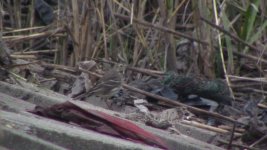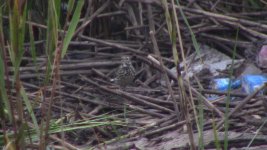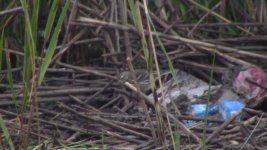Hainan on the fly
Well-known member
Wanted to confirm this was American Pipit over Water Pipit as this is my first experience with either in the field. I think the short supercilium along with the heavily marked throat, chest and flanks make this a pretty clear American Pipit but wanted to confirm.
Thanks,
Brian
Thanks,
Brian








